|
|
|||
THIS WEEK at HILTON POND
8-14 September 2006
Installment #328---Visitor #
(Back to Preceding Week; on to Next Week)
|
WHEN IT'S DREARY AND COLD |
|
FRONT YARD FUN DAY
Usually in our weekly photo essays from Hilton Pond Center we concentrate on one particular plant or animal or taxon and try to remember and learn and share a wealth of details about it. But sometimes, instead of specializing, we just go out with our digital SLR camera to see what we can find. This week, for example, we strolled through the main door of the old farmhouse at Hilton Pond late one afternoon to spend an hour or so in the front yard, aiming our 60mm macro lens at various objects that caught our eye. We could have gone on for hours--days even--but for the sake of space we've selected a half dozen or so images depicting the great diversity of living things that occur in almost anyone's front yard on a fun day in the field.
All text & photos © Hilton Pond Center The first thing we noticed as we stepped from the front stoop onto our small patch of lawn was several three-inch reddish-orange hemispheres scattered about in the grass. They looked almost as if billiard balls had fallen from the sky and become half-embedded in the earth. It was obvious, however, they were really young mushrooms just beginning to push caps up from their mycelium--a subterranean rootlike network that does the decomposing for which fungi are famous. The more familiar above-ground mushroom is the fruiting body that elevates to a place where spore dispersal is more effective. These particular mushrooms (AKA "toadstools") may have been responding to the 2.4" of precipitation we got on 14 September; we've always suspected mushrooms appear after rain because chances of drying out are less, the soil is easier to sprout through, and spores are more likely to "take hold" on damp ground. The specimen in question appears to be Caesar's Amanita, Amanita caesarea (possibly the eastern variety, A. jacksonii), but we won't make a positive ID until the stalk elongates and the cap opens in the next day or two to reveal the color of the gills beneath. If it is Caesar's Amanita it's one of the edible members of its genus, but toxic species may look similar; we wouldn't want to deceive anyone by saying it's okay to eat front yard mushrooms.
As we were photographing the developing "toadstool," it was ironic that a small creature hopping across the grass toward us turned out to be a toad. This mini-amphibian, less than an inch long, was a juvenile Fowler's Toad, Bufo fowleri--which is THE toad of South Carolina's Upper Piedmont. Fowler's Toad looks a lot like an American Toad, B. americanus, but the latter has only one wart per dorsal black spot while Fowler's has three (see photo above). American Toads are widespread in North Carolina, but barely get over the state line into South Carolina; we've never seen one in York County, although they are somewhat common locally in northern sections of South Carolina's Blue Ridge counties. Fowler's Toads, on the other hand, occur in urban and suburban yards across the Palmetto State except in the lower Coastal Plain. Unfortunately, loss of breeding habitat and automobile tires take a heavy toll on Fowler's Toads; in recent years we've heard them calling less and less in spring from the banks of Hilton Pond, so we were elated to see this toadlet touring the front yard.
Not far from where we found the toad and toadstool was a wire-like 12-inch green stalk adorned with a whorl of delicate half-inch white flowers (above, with a black ant for scale). Although we've seen this plant before, we're still always amazed that it--a native North American orchid--can sprout from the middle of grassy front lawns in the Carolinas and elsewhere. Our seemingly misplaced orchid is Spiranthes lacera, Slender Ladies' Tresses--so-called because the flowers erupt from the stem in a tight spiral resembling a "French twist" used to style women's hair. Interestingly, at Hilton Pond Center we also have Nodding Ladies' Tresses, S. cernua, which we've found several times growing right in the middle of one of our walking trails; a third native orchid, the Cranefly Orchis, Tipularia discolor, occurs in several places around the property. All our North American orchids are terrestrial, unlike many tropical species that are epiphytes primarily found on tree bark and rock faces.
After lying prostrate to photograph the mushroom, toad, and orchid, we stood up to stretch and almost got whacked in the face with the branch of an Eastern Red Cedar, Juniperus virginiana. This would not have been pleasant, since contact with cedars gives us a mild case of itchy dermatitis. We did gain a close-up view of a little cluster of cedar fruit, ripening on the tree. Red cedars are evergreens but aren't pines, so they don't make cones; they're actually junipers--not true cedars--that produce quarter-inch berries with a pale blue waxy coating. (Red cedars don't make needles, either; their leaves are overlapping diamond-shaped scales.) Some years cedar branches at Hilton Pond Center are practically bent to the ground with a heavy berry load, but not in 2006. That won't bode well for winter flocks of Cedar Waxwings that most years are meticulous in stripping every last berry from our cedars. These berries, by the way, are what gives the distinctive flavor to gin, an alcoholic beverage whose name is derived from the word "juniper."
Not far from the Eastern Red Cedar was another small tree--a sapling oak with unusual growths on one of its twigs. Oaks are sometimes difficult to identify in the field for two reasons: 1) There are a lot of different species; and, 2) they often hybridize. On top of that, there's great variability in leaf shape within some oak species. Oaks are divided into two big groups, the Red/Black Oaks (with little pointed projections at the ends of most leaf lobes, as in the photo above) and White Oaks (whose lobes are mostly rounded and always without prickles.) The leaf pictured here is on a Blackjack Oak, Quercus marilandica, primarily a southeastern species that occurs in poor soil--which we have plenty of at Hilton Pond Center. The brown carrot-like structures sprouting from the oak's twig is some type of gall, a cancer-like growth usually caused by an insect or fungus. Even though there are lots of oaks, there are even MORE kinds of oak galls, and we regret we don't have a name or the origin for the ones on our front yard Blackjack Oak.
We weren't able to put a name to our oak galls, but we COULD identify the distinctive insect crawling across the leaf of a Box Elder tree in another corner of the yard. It was a robotic, slow-moving Wheel Bug, a "true bug" with long, pointed mouthpart and an unforgettable "stink bug" odor. We've written before about the Wheel Bug, Arilus cristatus, which we dubbed the "assassin of the insect world" due to its proclivity for plunging that pointy beak into hapless invertebrates. Hilton Pond Center must be a real haven for Wheel Bugs and the closely related Leaf-footed Bugs; in late summer and autumn they are among our most commonly seen insects as they vanquish fat caterpillars and suck up their nutritious bodily fluids.
This week's late afternoon front yard photo session slowed considerably as the setting sun got too dim to provide good lighting. Even so, the low light angle brought out one final subject to examine--a chunk of old, weathered granitic rock upon which was growing an inch-long foliose lichen. It wasn't the lichen that caught our attention, but some sparkling spots on the rock itself. Each of these shiny facets was a little flake of mica, deposited in the rock eons ago during the intrusive geological process. Mica--a silicate mineral that also includes potassium and aluminum--can form large, smooth, flat, flexible crystals that, at their purest, are transparent enough to be used as windows. In the case of the rock we photographed, all the mica flakes were small but twinkly in the waning sunlight, a cheerful final reminder of the splendors of nature and another "front yard fun day" at Hilton Pond Center.
All text & photos © Hilton Pond Center Comments or questions about this week's installment?
Thanks to the following fine folks for recent gifts in support of Hilton Pond Center for Piedmont Natural History and/or Operation RubyThroat: The Hummingbird Project. Your contributions allow us to continue writing, photographing, and sharing "This Week at Hilton Pond." (See Support if you'd like to make a gift of your own.)
"This Week at Hilton Pond" is written & photographed You may wish to consult our Index of all nature topics covered since February 2000. You can also use our on-line Hilton Pond Search Engine at the bottom of this page. For a free, non-fattening, on-line subscription to |

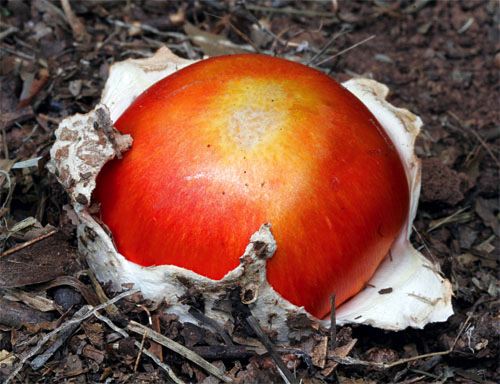

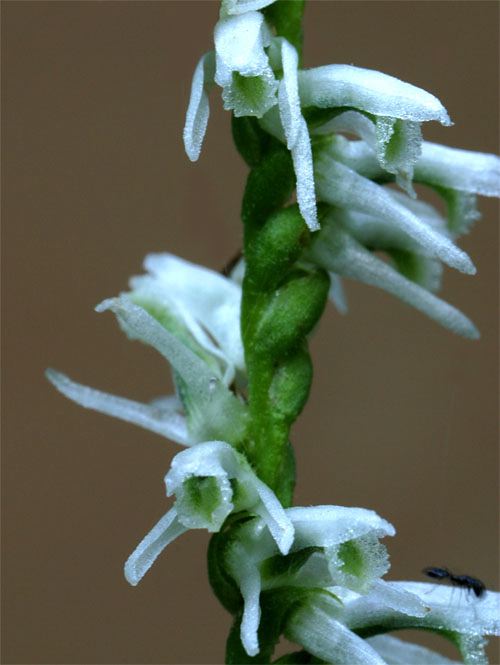
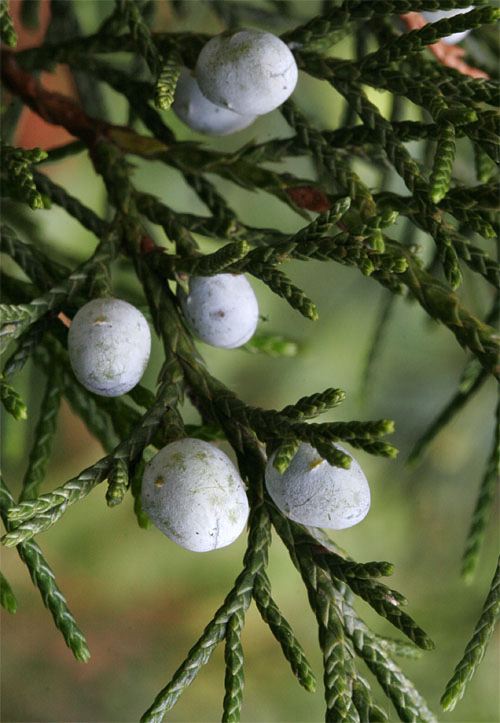
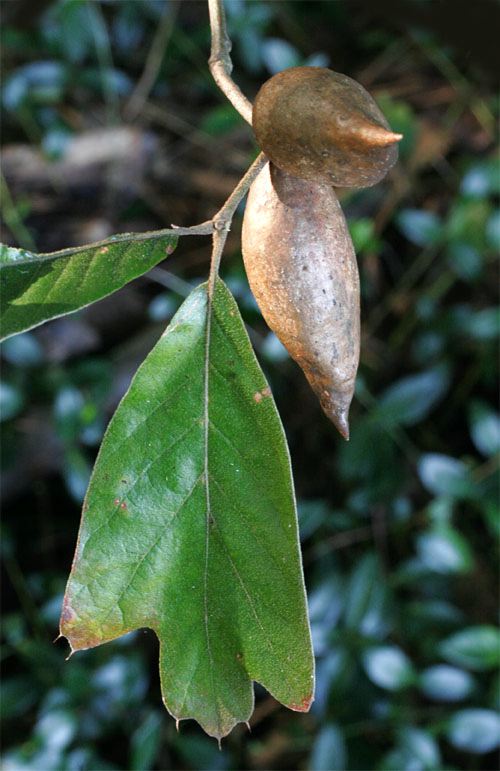
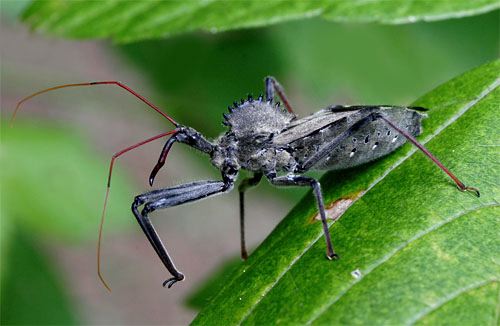
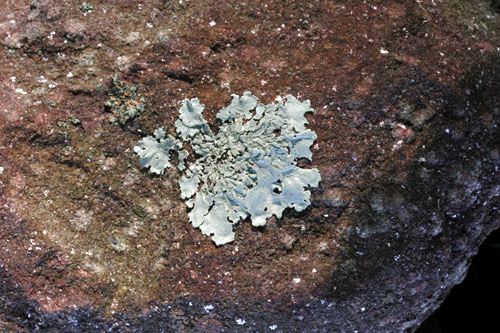


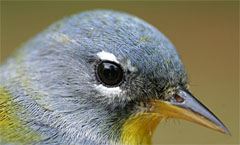

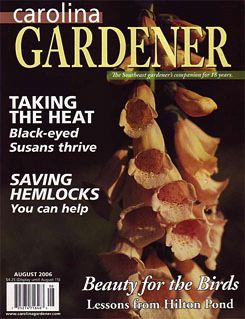
 Please report your
Please report your
